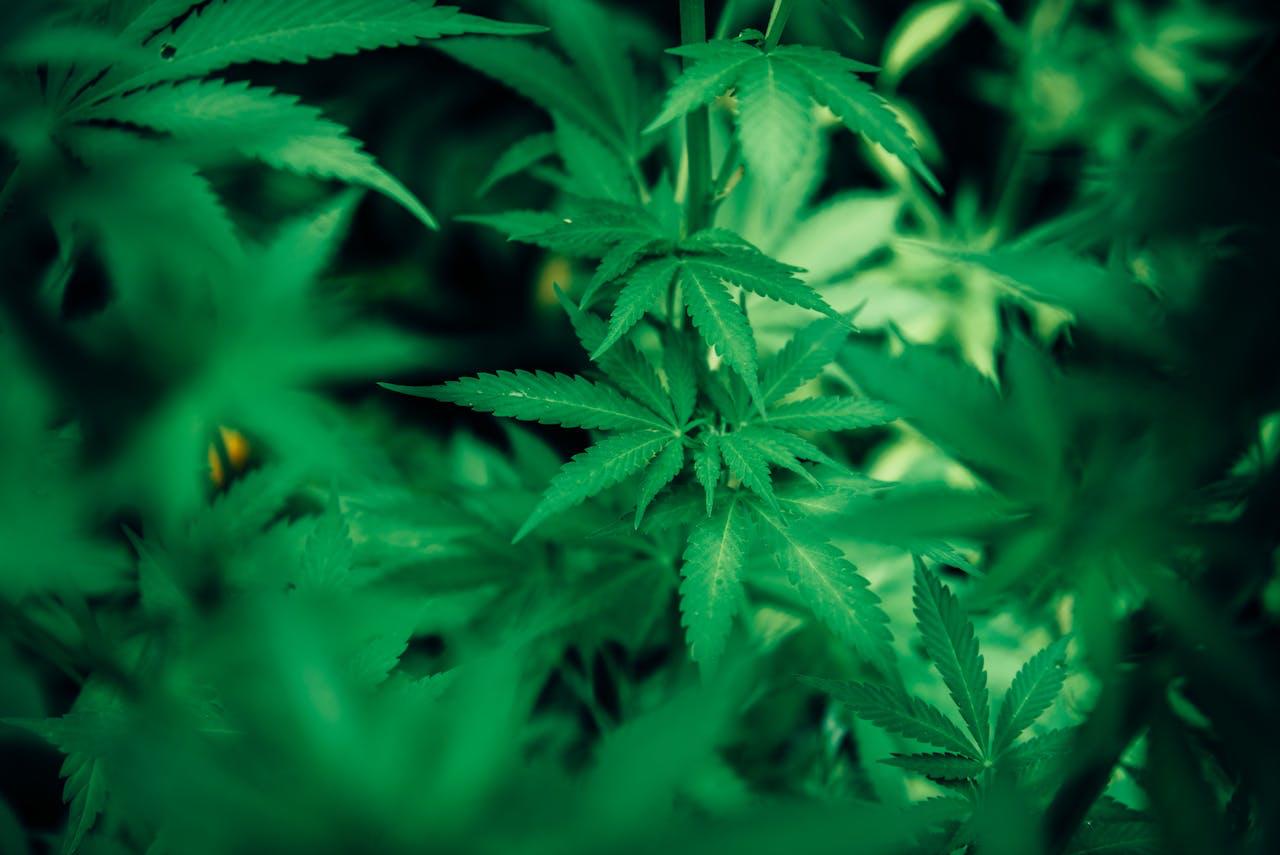Everything to Consider If You Want to Grow Your Own Cannabis

Producing your own cannabis can combine the delight of producing a plant with a wide range of advantages and be a very satisfying undertaking. Prior to embarking on a cannabis production endeavor, it is essential to comprehend the diverse elements that will impact your chances of achievement. Every factor, from selecting the ideal growing environment to taking legal factors into account, is crucial to the caliber and output of your cannabis.
Contents
The first and most important step in cultivating your cannabis is being aware of the laws in your area. Cannabis laws can have a big influence on your production plans since they vary greatly across states, nations, and even municipalities. In addition to being lawful, making sure local regulations are followed can help you avoid possible fines, penalties, or even criminal accusations. Personal cultivation is allowed under certain restrictions in several locations. For example, some areas only permit a certain number of plants per home, while other areas place limitations on the height of the plants or the overall space used for production.
Selecting the Ideal Growing Medium and Environment
Selecting the ideal growth environment and media is essential to a successful cannabis crop. Depending on your preference, soil, hydroponics, or a soilless mix, each media has unique benefits and drawbacks that affect specialized cannabis seed health and productivity. The most dependable and conventional growing medium for cannabis is soil. It’s perfect for novices since it gives plants a lush, natural habitat. Superior soil mixtures often use a balance of compost, perlite, and organic matter to provide superior aeration and drainage. In addition, this medium nurtures the microbiota that facilitates the absorption of nutrients, establishing a mutualistic association that fosters strong plant development. To minimize toxicities or shortages that might impede plant growth, soil cultivation requires close monitoring of pH levels and nutrient content.
Mastering the Art of Cannabis Plant Training
To ensure uniform light dispersion and maximize productivity, cannabis plants must be trained. You can increase overall plant health and promote bud development by adjusting the plant’s growth pattern. There are several training techniques, each with unique advantages and difficulties. Branches are gently bent and secured during Low-Stress Training (LST) to form a level canopy that distributes light equally throughout the plant. This method works well for controlling plant height and encouraging the development of many colas. LST helps the plant to concentrate its energy on developing buds rather than getting higher by spreading out its branches. This technique helps develop a more uniform plant structure that increases light efficiency, which is especially helpful for indoor growers with limited vertical space.
Understanding Nutrient Needs Throughout the Growth Cycle
Cannabis plants need certain nutrients at different phases of development. For optimal growth and production, the proper nutrients must be given at the right time. Comprehending these requirements and the ways in which they evolve is essential to cultivating cannabis successfully. Cannabis plants need more nitrogen during the vegetative stage in order to sustain their rapid growth, as well as the formation of leaves and stems. Chlorophyll, which is necessary for photosynthesis and the generation of energy, contains nitrogen as a critical component. Strong and vigorous vegetative development is ensured by adequate nitrogen levels at this stage, laying the groundwork for a fruitful blooming period. For healthy roots and general growth, plants need appropriate levels of potassium and phosphorus in addition to nitrogen.
Managing Pests and Diseases to Protect Your Crop
Diseases and pests can seriously harm cannabis plants, decreasing yields and perhaps causing substantial damage. A good harvest and the maintenance of healthy plants depend on efficient pest and disease control. You can safeguard your crop from infestations and illnesses by being aware of common pests and diseases and taking preventative action. Aphids, whiteflies, and spider mites are common pests that harm cannabis. By feeding on plant sap, these pests weaken the plant and cause the leaves to wilt or become yellow. Preventing the spread of infestations requires early discovery and response. Controlling pest populations can be achieved by routinely examining plants and applying chemical or organic remedies as necessary.
Conclusion
Cannabis cultivation is a complex process that needs meticulous planning and attention to detail. Every element of your growth, from understanding plant training methods and controlling nutrients and pests to negotiating regulatory requirements and choosing the best-growing media, is vital to its success. Accepting these factors before you start this worthwhile project will help you have a fruitful and satisfying cannabis-growing experience.




